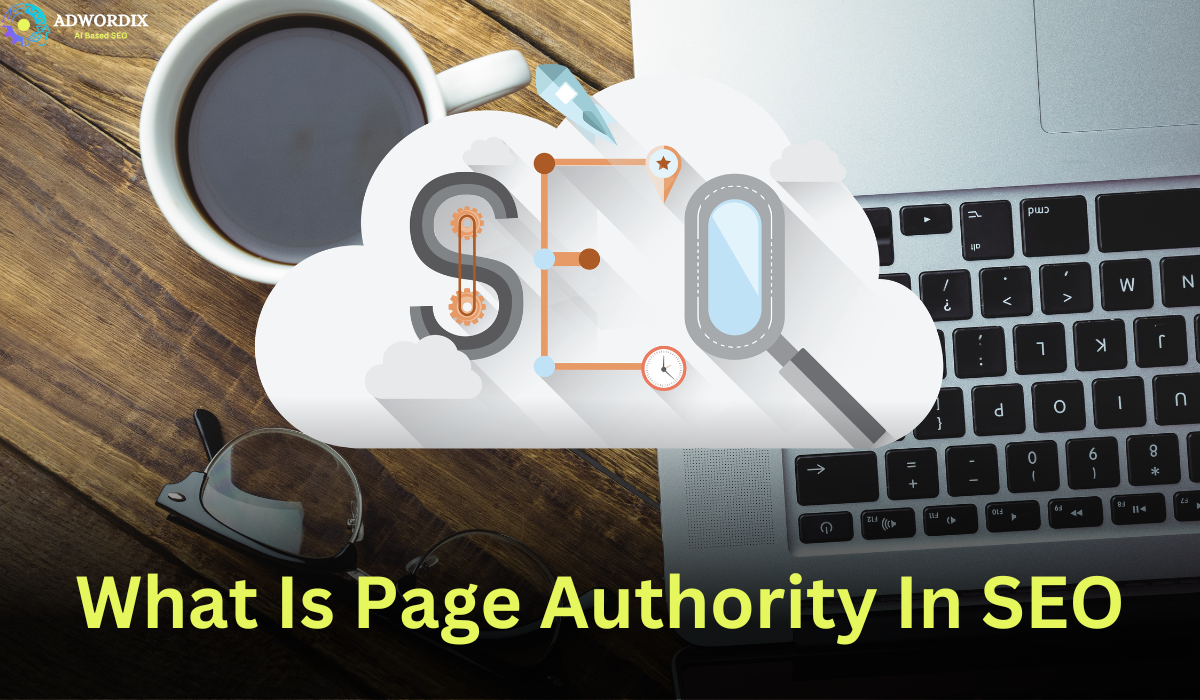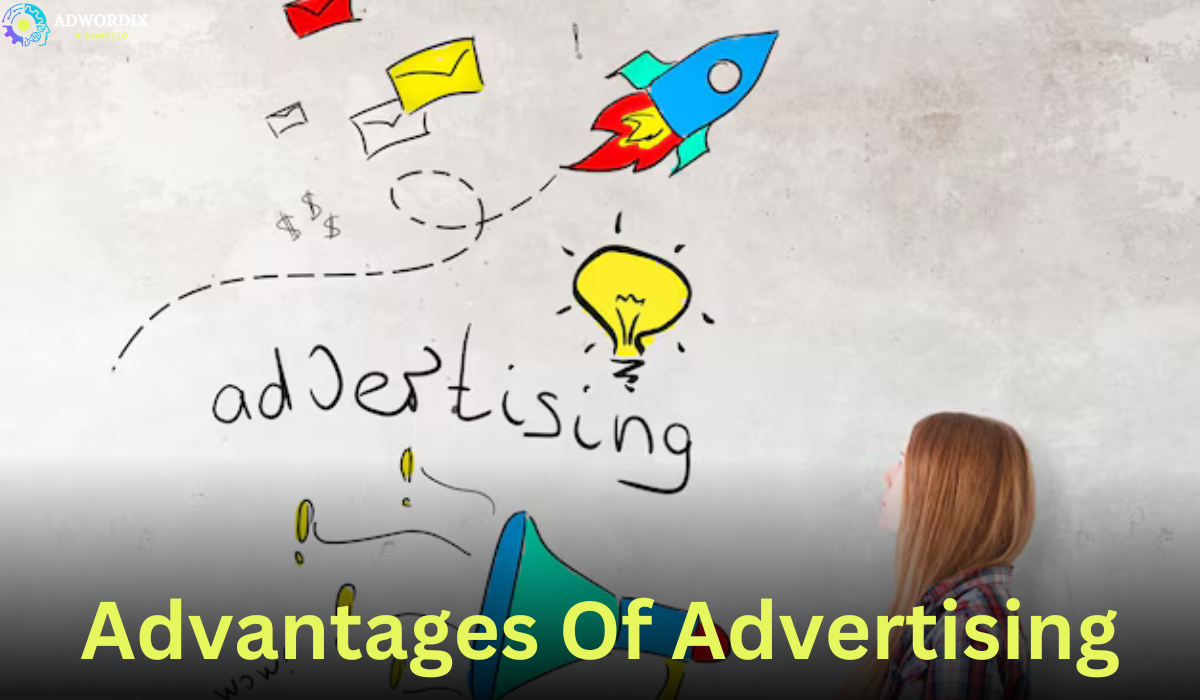Programmatic SEO is revolutionizing digital marketing by automating the creation of thousands of web pages. This powerful strategy enables businesses to scale their online presence efficiently and precisely target numerous keywords. In today’s competitive online landscape, leveraging Programmatic SEO can significantly boost your website’s visibility and traffic. By implementing programmatic SEO techniques, you can quickly create a vast array of targeted content, ensuring your site ranks for diverse search queries. This comprehensive guide explores Programmatic SEO, its benefits, implementation steps, and real-world programmatic SEO examples to help you harness its full potential. By comprehending the basic concepts and standards, you can effectively implement Programmatic SEO to stay ahead of the competition and drive substantial organic traffic to your site.
What is Programmatic SEO?
Programmatic SEO involves automating the creation and optimization of large volumes of web pages, allowing businesses to target a high number of keywords. Unlike traditional SEO, which focuses on manually optimizing individual pages, Programmatic SEO uses data and automation to generate content at scale, enhancing your website’s reach and relevance. By leveraging tools like Ahrefs and SEMrush, businesses can efficiently identify keyword opportunities and create targeted content. Programmatic SEO also involves understanding user intent, utilizing low-competition keywords, and optimizing user experience. This strategy guarantees thorough coverage of pertinent subjects, enhancing search engine rankings and generating natural traffic.
Benefits of Programmatic SEO
- Scalability: Automates the creation of numerous web pages, enabling large-scale content production. This allows companies to grow their internet presence effectively and quickly.
- Efficiency: Programmatic SEO simplifies the SEO process, saving time and money. By eliminating the requirement for human labour, it frees up your staff to concentrate on strategic projects rather than tedious content production.
- Enhanced Targeting: Precisely targets specific keywords and search intents. By leveraging data and automation, Programmatic SEO ensures that content is optimized for relevant keywords, improving your website’s visibility and search engine rankings.
- Cost-Effective: Reduces costs associated with manual content creation and optimization.
- Consistency: Maintain consistent tone and quality across all generated content, enhancing the user experience and building brand trust.
- Data-Driven Findings: These tactics are based on in-depth data research and ensure that your SEO efforts are supported by reliable, useful findings. As a result, the information is more focused and effective.
How Programmatic SEO Works
Programmatic SEO uses extensive data analysis and automation tools to create and optimize content. This involves collecting data on keywords, search intent, and user behavior, which is then used to generate tailored content. Businesses may automate creating high-quality, relevant content by leveraging machine learning and sophisticated algorithms.
- Tools and Technologies: Utilize SEO tools like Ahrefs, SEMrush, and custom scripts to automate content creation and optimization. These tools help identify keyword opportunities, analyze competitors, and generate content at scale. Furthermore, the integration of APIs and custom automation scripts can augment the efficacy and efficiency of your Programmatic SEO approach, guaranteeing ongoing enhancement and adjustment to evolving search patterns.
Critical Components of Programmatic SEO
- Low-Competition Keywords: Targets keywords with less competition for higher ranking potential. Use tools like Ahrefs and SEMrush to find these keywords, ensuring they are relevant to your content and have sufficient search volume.
- Understanding Search Intent: Aligns content with what users are searching for, whether it’s informational, navigational, or transactional. Tailor content to meet specific intents such as creating detailed guides for informational queries or product pages for transactional searches.
- User Experience Optimization: Enhances user engagement and retention by providing a seamless browsing experience. Improve page load speed, mobile-friendliness, and content layout to ensure users can easily access and interact with your content. This includes using responsive design, optimizing images, and providing intuitive navigation.
Steps to Implement Programmatic SEO
- Research and Data Collection: Gather data on target keywords and search intents using SEO tools like Ahrefs and SEMrush. Analyze competitors and identify content gaps to capitalize on opportunities they might have missed.
- Content Generation: Use automation tools to create high-quality, relevant content that addresses user needs. Ensure the content is engaging and informative by incorporating multimedia elements and clear, concise writing.
- On-Page Optimization: Optimize meta tags, headers, and images to improve SEO. Use keyword-rich headings, descriptive alt text for images, and ensure proper internal linking.
- Monitoring and Analysis: Utilize Google Analytics, Ahrefs, and SEMrush to track performance. Monitor keyword rankings, organic traffic, and user engagement to assess the effectiveness of your Programmatic SEO efforts and make necessary adjustments.
Programmatic SEO Examples
Real-world examples of successful Programmatic SEO implementations can be found across various industries, demonstrating the strategy’s versatility and effectiveness. For instance, an e-commerce site might use programmatic SEO to generate product pages targeting long-tail keywords and increase organic traffic and sales. A travel website might create location-specific pages to capture searches for travel guides and tips, significantly boosting their site’s visibility. Learn from the strategies and results of these case studies to understand how different businesses leverage Programmatic SEO. For example, a tech blog might use data-driven content to target niche keywords, leading to higher search rankings and user engagement.
Pros and Cons of Programmatic SEO
- Advantages: Increased Efficiency and Scalability: Programmatic SEO automates content creation, allowing for rapid scaling and freeing up resources for other tasks. Enhanced Keyword Targeting: It enables precise targeting of a vast array of keywords, improving the chances of ranking for relevant search queries.
- Challenges: Requires Initial Setup and Ongoing Maintenance: Setting up a programmatic SEO strategy involves a significant initial effort to configure tools and processes. To guarantee content quality and relevance, ongoing observation and modification are required. Regular keyword research, performance metrics analysis, and staying updated on search engine algorithm changes are crucial. Additionally, regular content audits and optimization are essential for long-term success. Potential for Lower Content Quality if Not Monitored: Automated content generation can sometimes result in lower quality if not carefully managed, leading to poor user experience and potential penalties from search engines. Ensuring the content is accurate, relevant, and valuable to the reader is crucial. Quality control measures, including human oversight and review, are necessary to maintain high standards. Additionally, utilizing AI-powered tools for content generation can be effective when combined with human expertise to produce high-quality, engaging content.
Conclusion
Enhancing your online presence and increasing website traffic can be accomplished with programmatic SEO in a scalable and effective manner. By automating the creation and optimization of large volumes of web pages, businesses can efficiently target a vast number of keywords, ensuring comprehensive coverage of relevant topics. This strategy saves time and resources and enables precise keyword targeting, improving your site’s visibility in search engine results.
Understanding programmatic SEO’s essential elements and implementation procedures is crucial to realizing its full potential. Start by gathering and analysing data on target keywords and search intents using tools like Ahrefs and SEMrush. The content created using this data-driven approach is guaranteed to be pertinent and in line with user requirements.
Next, utilize automation tools to create high-quality, engaging, and informative content. You may further enhance your content’s SEO performance by following recommended methods for on-page optimization—including optimizing meta tags, headers, and images.
Programmatic SEO requires ongoing observation and analysis to be successful. Track user interaction, traffic, and keyword rankings with tools like Google Analytics. By routinely updating and improving your material based on performance statistics, you can preserve its relevance and efficacy.
Staying ahead in today’s competitive digital landscape requires innovative and efficient strategies. Programmatic SEO is an effective instrument for helping you achieve this by automating and scaling your content production, ensuring your website remains relevant and visible. Start exploring Programmatic SEO today and take a proactive step towards dominating your niche in the search engine rankings.





